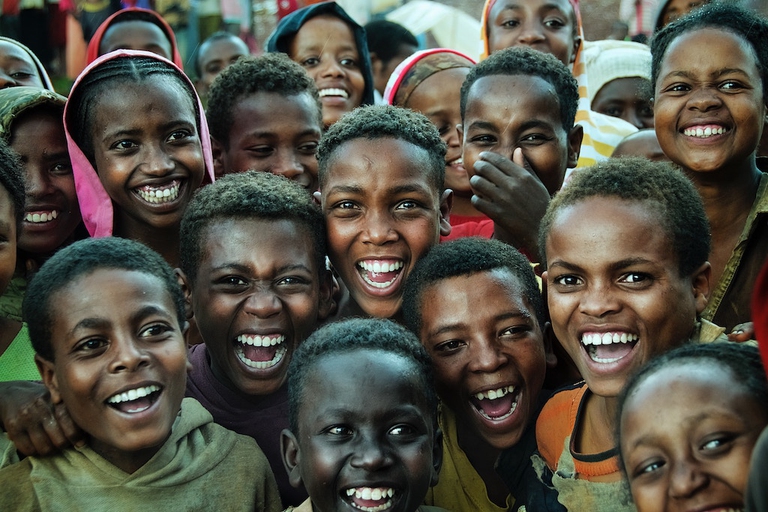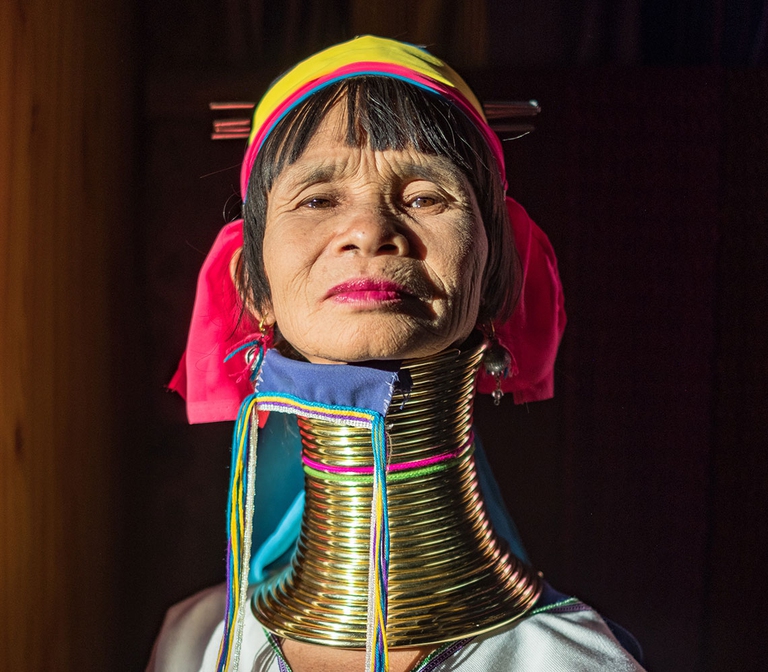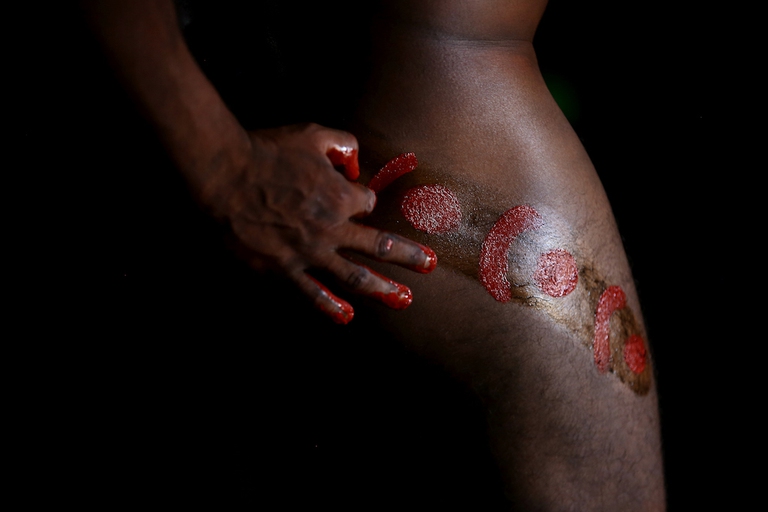
A special report from the Yuqui territory delves deep into the dreams, challenges, joys and sadness of one of Bolivia’s most vulnerable indigenous groups.
Indigenous languages are an invaluable heritage that must be protected alongside the rights of native peoples. For this reason, the UN has declared 2019 the International Year of Indigenous Languages.
A language can become “extinct” just like animal and plants species. This occurs when the last person who can speak it dies. For example, when Marie Smith Jones passed away in January 2008, with her the indigenous language of southern Alaska’s Eyak tribe also disappeared. The death of a person such as Udach’ Kuqax’a’a’ch’ (Jones’ indigenous name) isn’t only a great loss in human terms, but in cultural ones too. To avoid such cases from repeating themselves, the United Nations has declared 2019 the International Year of Indigenous Languages, with the objective of preserving the latter, as well as safeguarding the rights and well-being of those who can keep them alive.
Read more: The multi-coloured beauty of the world’s indigenous cultures, through Jimmy Nelson’s photographs
Indigenous peoples are the native inhabitants of a particular area, country or region; they perpetuate ancient traditions and lifestyles whilst adapting to modernity, all the while maintaining social, cultural, economic and political characteristics distinct from those of the dominant societies they live in. These are 570 million people in 90 countries.
There are important tools that support indigenous battles not only in defence of the environment but also their rights. Every 9 August the International Day of the World’s Indigenous Peoples is held, adopted by the United Nations General Assembly in 1994 with the objective of celebrating these communities’ diversity whilst shedding light on the violations and injustices they continue to suffer after centuries of colonial subjugation and genocide. In fact, indigenous people make up 5 per cent of the world population but 15 per cent of the global poor: they’re among the most vulnerable and disadvantaged groups.
Another important step was taken in 2007 with the adoption of the UN Declaration on the Rights of Indigenous Peoples, which enshrines their right to self-determination and freedom from discrimination of any kind, in particular in exercising their customs and expressing their identity. Finally, in 2016 the UN General Assembly decided to proclaim 2019 the International Year of Indigenous Languages. An action plan was established, with Unesco responsible for coordinating other actors involved in raising awareness and taking action.
Of the 6,700 languages spoken around the world the vast majority are indigenous. A language becomes extinct every two weeks and whilst the number of people who speak dominant, or “metropolitan” idioms – such as English, Chinese and Spanish – increases, encroaching on the spread of more peripheral ones, between 50 and 90 per cent of languages could disappear by the end of this century. We’re facing the inexorable loss of native peoples’ cultural heritage and there’s little left to do but act to try and save it.
Indigenous languages mean:
Knowledge
Peace
Rights ⚖
Inclusion
Diversity
To boost their protection and promotion, in 2019 we’ll be celebrating the year of the Indigenous Languages.
Get involved! https://t.co/W5CjxBrRkQ #WeAreIndigenous pic.twitter.com/QqdbkQnl5I
— UNESCO (@UNESCO) 9 agosto 2018
Indigenous languages play a fundamental role in people’s daily lives, in defending human rights, peace and sustainable development. Losing them would mean erasing alternative visions to mainstream cultural values, philosophies and lifestyles. Perhaps we don’t realise it, but the languages we speak define who we are, our way of understanding and interacting with our surroundings. And in an increasingly inter-connected world, where differences are suppressed to make way for globalisation, defending the uniqueness of indigenous peoples and their languages is key to preserving our wealth as human beings.
Siamo anche su WhatsApp. Segui il canale ufficiale LifeGate per restare aggiornata, aggiornato sulle ultime notizie e sulle nostre attività.
![]()
Quest'opera è distribuita con Licenza Creative Commons Attribuzione - Non commerciale - Non opere derivate 4.0 Internazionale.
A special report from the Yuqui territory delves deep into the dreams, challenges, joys and sadness of one of Bolivia’s most vulnerable indigenous groups.
The Yuqui people of the Bolivian Amazon fight not only to survive in the face of settlers, logging and Covid-19, but to preserve their culture and identity.
Jair Bolsonaro is accused of crimes against humanity for persecuting indigenous Brazilians and destroying the Amazon. We speak to William Bourdon and Charly Salkazanov, the lawyers bringing the case before the ICC.
Activists hail the decision not to hold the 2023 World Anthropology Congress at a controversial Indian school for tribal children as originally planned.
Autumn Peltier is a water defender who began her fight for indigenous Canadians’ right to clean drinking water when she was only eight years old.
The pandemic threatens some of the world’s most endangered indigenous peoples, such as the Great Andamanese of the Andaman and Nicobar Islands in India.
The Upopoy National Ainu Museum has finally opened. With it the indigenous people of Hokkaido are gaining recognition but not access to fundamental rights.
A video shows the violent arrest of indigenous Chief Allan Adam, who was beaten by two Royal Canadian Mounted Police (RCMP) officers.









